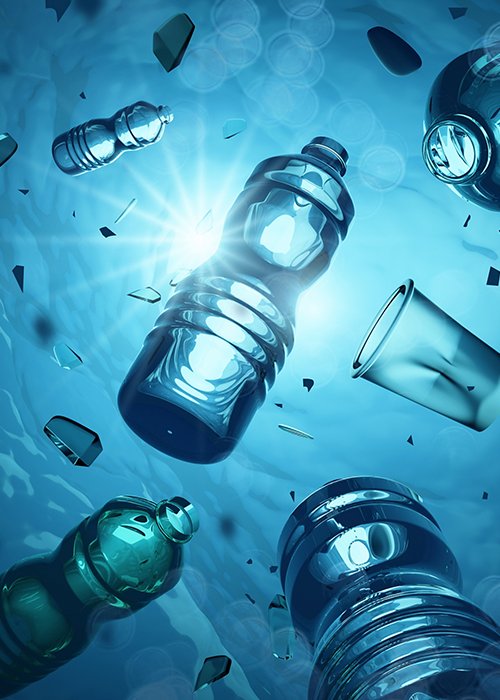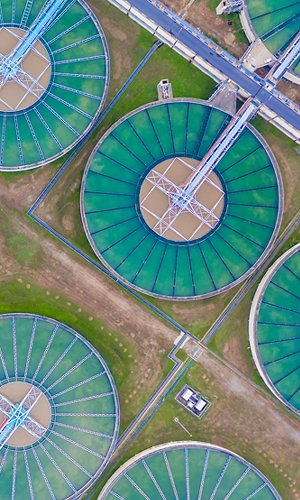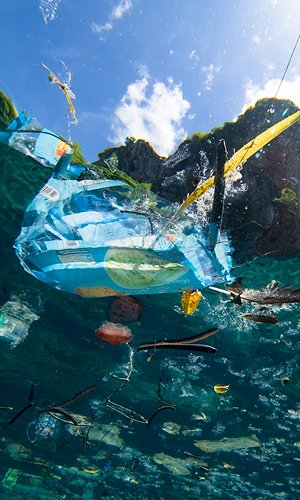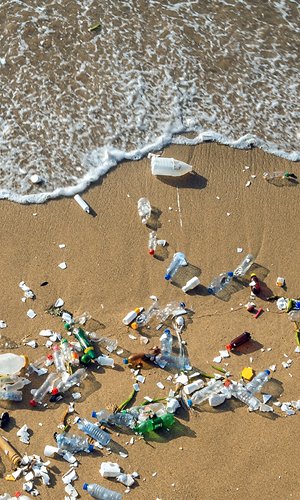Water is the most important resource on Earth; it is able to change our planet in geological and landscape terms and it is thanks to its presence and abundance that it has been possible for life to emerge. Water is the most abundant chemical compound on Earth, it is found in all environments and is an integral part of all living organisms. Our planet is about 70% water, while only 30% is land. Seen from space, the Earth appears as a blue planet.






